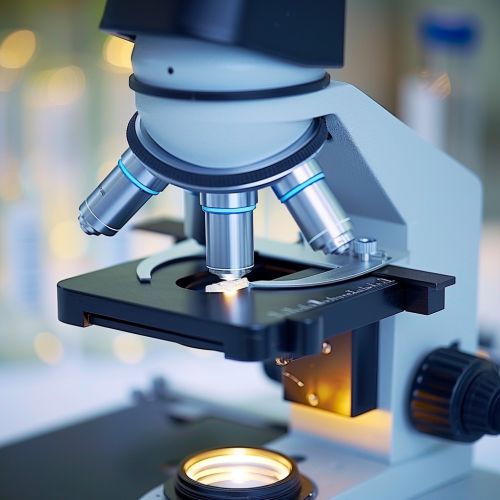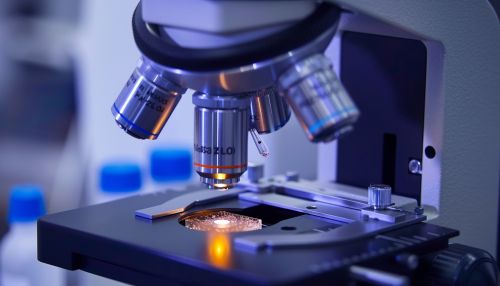Medical Microbiology
Introduction
Medical microbiology, a branch of microbiology, is a field that deals with the study of microorganisms including bacteria, viruses, fungi and parasites which are of medical importance and are capable of causing diseases in humans. This field includes various sub-disciplines like virology, bacteriology, parasitology and mycology.
History
The history of medical microbiology dates back to the 17th century with the invention of the microscope. Antonie van Leeuwenhoek, a Dutch scientist, was one of the first people to observe microorganisms, using a microscope of his own design. His observations laid the groundwork for the field of microbiology to develop into a significant medical discipline.
Microorganisms and Disease
Microorganisms are ubiquitous and they are densely found in the environment around us. Some of these microorganisms are beneficial, while others can cause diseases. Pathogenic microorganisms, or pathogens, have the ability to cause disease in a host organism. Diseases caused by microorganisms can be classified as bacterial, viral, fungal or parasitic diseases depending on the type of pathogen involved.


Bacterial Diseases
Bacterial diseases are caused by pathogenic bacteria. They are single-celled organisms that can exist independently, symbiotically (in cooperation with another organism) or parasitically (causing harm to another organism). Common bacterial diseases include strep throat, tuberculosis and urinary tract infections.
Viral Diseases
Viral diseases are caused by viruses, non-living particles that require a host cell to survive. Viruses invade the host cells and use the host's machinery to reproduce. Viral diseases include influenza, HIV/AIDS and common cold.
Fungal Diseases
Fungal diseases are caused by fungi, which include yeasts, molds, and mushrooms. Fungi can cause diseases like ringworm, athlete's foot and yeast infections.
Parasitic Diseases
Parasitic diseases are caused by parasites. Parasites live on or in a host organism and get food or other nutrients at the host's expense. Parasitic diseases include malaria, giardiasis and toxoplasmosis.
Diagnosis
The diagnosis of diseases caused by microorganisms can be done through various methods such as microscopy, culture methods, serology tests and molecular diagnostics.
Treatment and Prevention
The treatment of diseases caused by microorganisms can include the use of antibiotics, antivirals, antifungals, antiparasitics, and vaccines. Prevention of these diseases can be achieved through sanitation, vaccination, and the use of antibiotics.
Future of Medical Microbiology
The future of medical microbiology holds promising advancements in the areas of microbial genetics, molecular diagnostics, and immunology. The development of new diagnostic tools and treatments for microbial diseases is an ongoing field of research.
